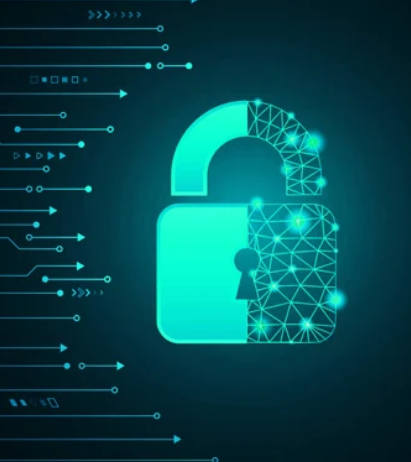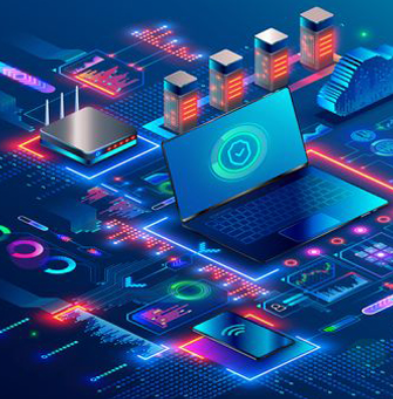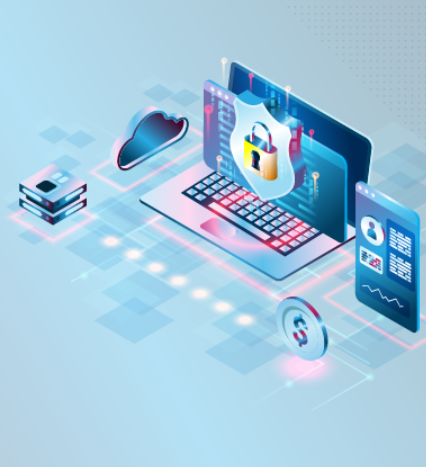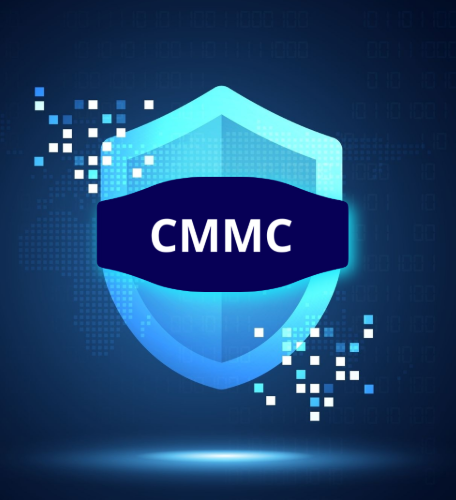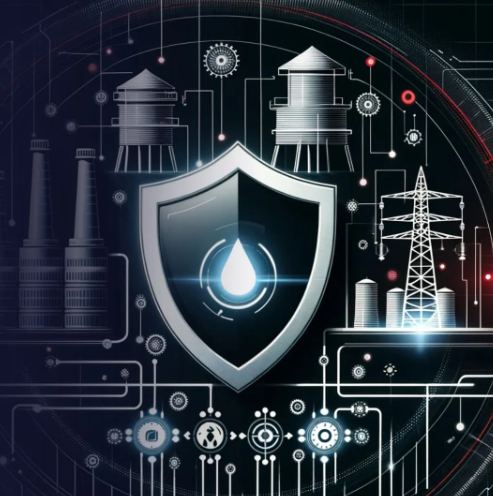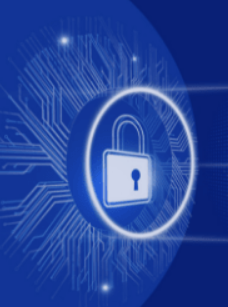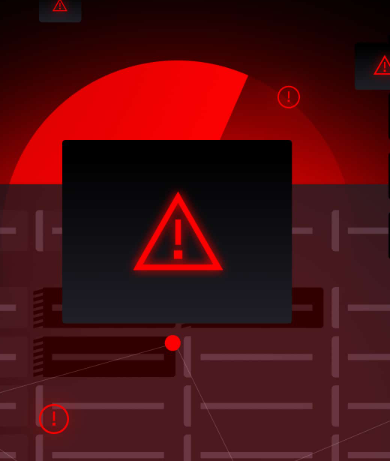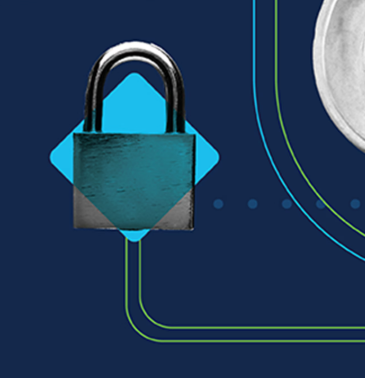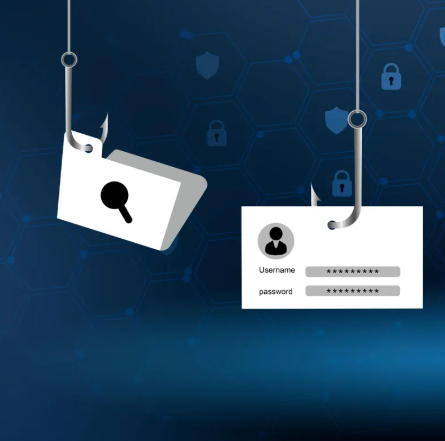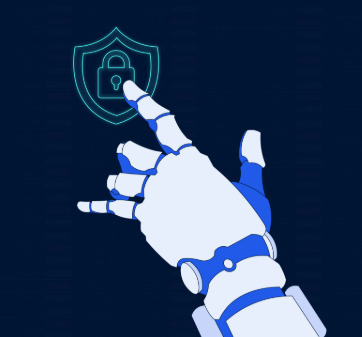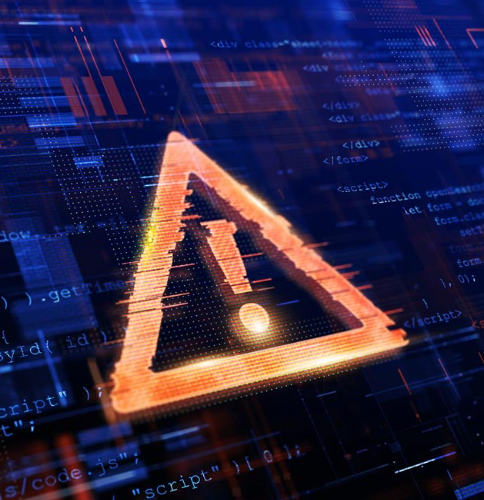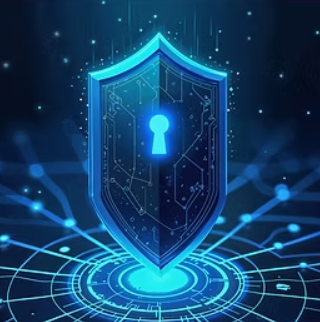
In the rapidly advancing digital world, it’s crucial for cybersecurity solutions to complement existing technologies, ensuring both efficiency and effectiveness. Managed Detection and Response (MDR) services are specifically designed to integrate smoothly with your current tech infrastructure, strengthening security without interrupting daily operations. By embracing MDR integration, businesses can boost their cybersecurity defenses while ensuring seamless workflow continuity.
What Does MDR Integration Mean?
MDR integration refers to the ability of Managed Detection and Response services to work in tandem with an organization’s pre-existing systems and tools. This includes integrations with platforms like Security Information and Event Management (SIEM) solutions, Endpoint Detection and Response (EDR) systems, cloud environments, and more. The main goal of MDR integration is to create a cohesive security environment that strengthens threat detection and response.
The Impact of Integrated MDR Solutions
Did you know that companies with well-integrated MDR solutions are 50% more efficient in detecting and responding to cyber threats?
Key Features of Successful MDR Integration
- Compatibility with Current Systems
MDR services are designed to mesh with your existing technologies, such as SIEM, EDR, firewalls, and cloud solutions. This compatibility ensures that integration is smooth and doesn’t require major infrastructure changes. - Centralized Monitoring
MDR solutions gather and consolidate data from a variety of sources into a single, unified dashboard. This centralization provides a holistic view of your organization’s security, simplifying both monitoring and management. - Automated Response Workflows
Through automation, MDR services help streamline the detection and response to incidents, reducing the manual effort required and enhancing operational efficiency. - Real-Time Threat Detection
Integrated MDR services can analyze data from multiple systems in real-time, identifying and addressing threats much faster than standalone security solutions. - Scalability
As your organization’s tech stack grows, MDR integration scales to accommodate your evolving needs, providing continuous, flexible protection.
Advantages of Smooth MDR Integration
- Improved Efficiency
By eliminating redundancies and enhancing coordination across systems, integrated MDR services free up security teams to focus on more critical tasks. - Cost Reduction
Because MDR services work with your current technology, they reduce the need for additional investments in hardware or software. - Faster Threat Resolution
Centralized monitoring, along with automated workflows, allows for faster detection and resolution of security incidents, minimizing potential damage. - Stronger Security Posture
An integrated security approach ensures consistent protection across all platforms, reducing vulnerabilities and bolstering resilience.
Ensuring a Smooth MDR Integration Process
For a successful MDR integration, consider these steps:
- Evaluate Compatibility: Assess how well the MDR solution integrates with your existing technology stack.
- Collaborate with Experts: Work closely with your MDR provider to tailor the integration to meet your organization’s specific needs.
- Leverage Automation: Take advantage of automated workflows to streamline the detection and response to security threats.
- Plan for Scalability: Ensure that the solutions you choose can grow with your organization and accommodate future technological developments.
By integrating MDR into your existing tech infrastructure, you can achieve a more robust and scalable security strategy, protecting your business without disrupting everyday operations.




